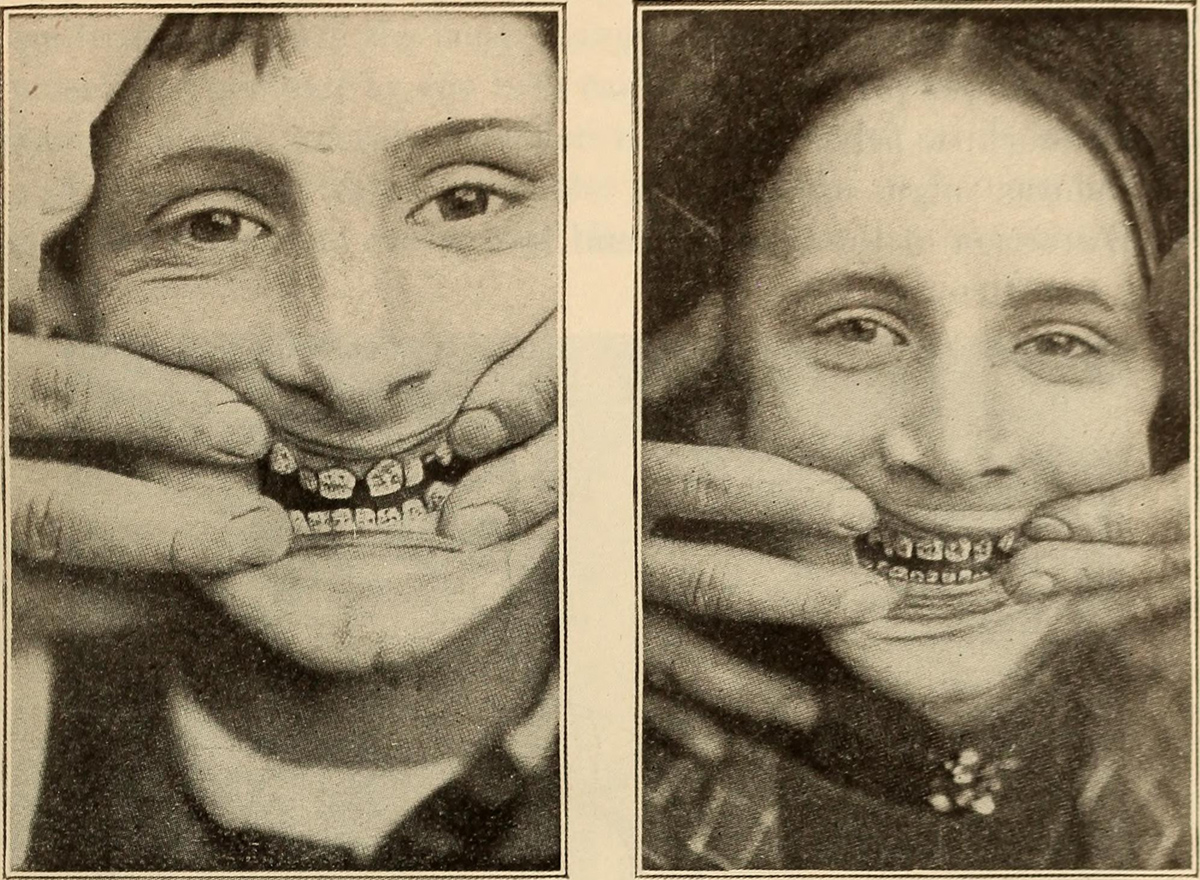
What kind of a disorder is kyphosis?
Kyphosis is such a spine disorder where the upper part ofthe back is actually bent forward more than it is considered normal, more than50 degrees, to be more precise. This disorder is also known under the name ofhunchback, and it can affect everyone, regardless of the age or sex. Very frequentlyit is a result of some severe trauma or injury to the spine, but it can also becaused by arthritis osteoporosis and other degenerative diseases. It is alsopossible to develop kyphosis as a consequence of some problem with thedevelopment. Depending on the seriousness of each case, the symptoms vary, whichmeans that milder cases either cause stiffness and pain in the back, or nosymptoms at all, whereas more severe cases are characterized by more seriousproblems, because lungs, nerves, and various other organs may be affected aswell. Although it is very rare, it is possible to experience loss of bowel orbladder control due to this problem. It is important to bear in mind that theposture is also affected by kyphosis, which is a reason why besides goingon regular physical examinations yourself, special attention should be paid incases of children, too.
Types of kyphosis and the treatment
The treatment of this problem depends on a number ofelements, among which are the age of the patient, the symptoms and theirseverity, the cause, and the type of kyphosis. The types that most often occurin adolescence are:
Postural kyphosis – a type that is more typical of girls andthat is caused by improper posture and weakened muscles and ligaments in theback. Generally, it develops very slowly, and it does not cause severe curve ofthe spine that might later affect the functioning of other organs.Scheuermann’s kyphosis – a type that requires X-rays inorder to be diagnosed, and that is usually a result of some structural deformityof the vertebrae.It is also possible to have congenital kyphosis, which meansthat the spinal column has not developed properly in the uterus. These casesare extremely rare, but they are very serious, because such spine deformitiestend to worsen as the child grows. In the most severe cases, this condition maylead to paralysis. As for the treatment; some cases may improve with the helpof exercises and physical therapy, although it is not excluded that posturalkyphosis improves on its own. Unfortunately, some cases require wearingbracing, or even surgery, which is regarded as the last resort.




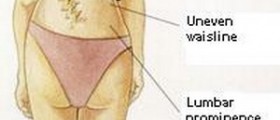


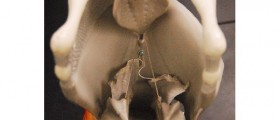


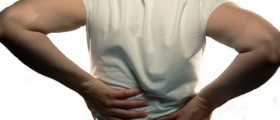


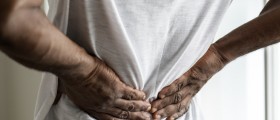



Your thoughts on this
Loading...